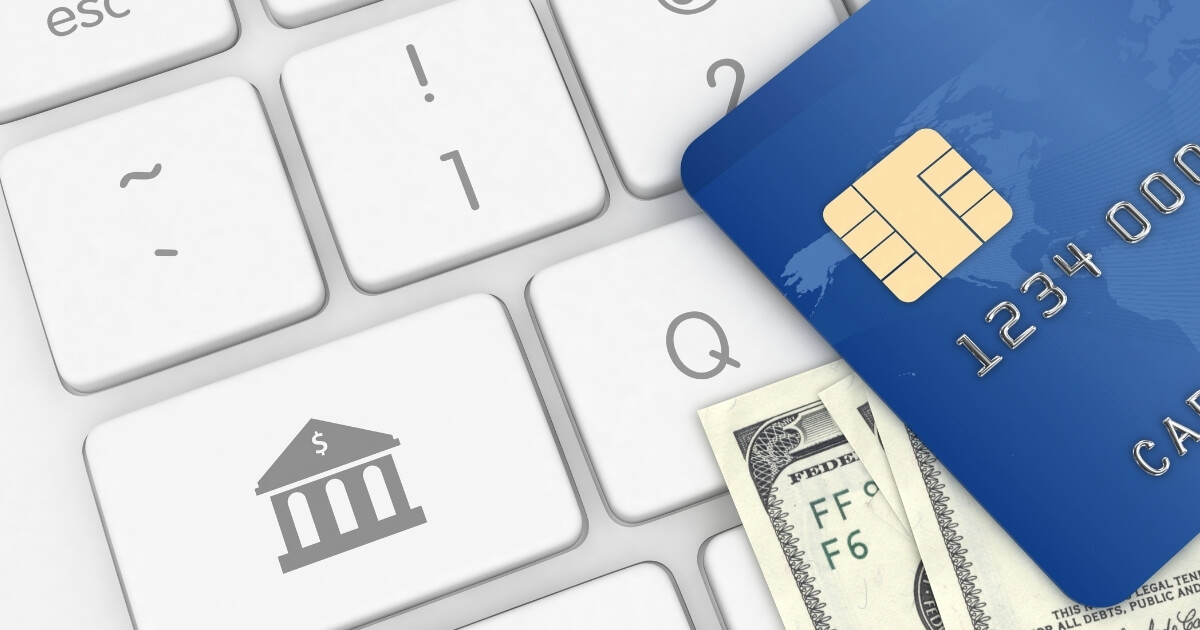Digital Doubles vs Deepfakes: Making Responsible Use of AI

Hour One is one of the companies proving that AI can go further than we ever dreamed of. The New York-based start-up uses AI to generate digital characters based on real people which businesses can hire for educational, professional, and commercial use.
Natalie Monbiot is on the founding team at HourOne, overseeing commercialization of its technology in verticals including e-learning, health, human resources and e-commerce. She is passionate about emerging technology and its power to augment human capacity and communication. She advises startups and media companies on growth and innovation and is a regular speaker on AI and emerging tech at global conferences, including Web Summit, Collision, and Cannes Lions.
I spoke with Natalie about AI’s incredible potential, how to use it responsibly, and how the inevitable regulations will impact the industry.
Tell me about Hour One. What was the idea behind it and who is your main target?
The idea behind Hour One is that as the world becomes more and more virtual, we will all have to exist in it in some form. So what will be our role in this virtual world?
We believe that every human will have a virtual twin, which we call a “synthetic character,” that will work and make money on their behalf by appearing in commercial videos to help businesses grow.
This is already happening. We already have over a hundred characters based on real people who get paid every time their likeness is featured in commercial content.
What industries do you expect to be deploying these synthetic characters in, and how do you see them being used?
Education is definitely one. The characters can be used for language learning, teacher training, or teaching kids with a teacher inside on-demand video content. That’s something we’re having a lot of success with.
Another area is e-commerce. We already have our characters selling cars and houses. Imagine having a listing for a property where instead of just pictures or a little 360-degree tour, you can have a presentation from a virtual broker.
Then there’s wellness content. A lot of health and wellness experiences are already happening on your phone, such as telehealth services. So instead of everything being text-based, which can sometimes be very hard to understand, you can have a friendly face, like a wellness coach, helping to guide you.
Finally, the financial sector. A lot of financial institutions already use bots, and now you can bring any text-based bot to life and turn it into a friendly professional guide to your finances.
Anything text-based can be upgraded to video using one or more faces, in one or more languages, to be able to build a deeper and more trusting relationship with the customer.
Is the virtual character able to go into interactions with other people and make its own decisions?
No, everything is pre-scripted. The client submits a script and we generate videos with the character speaking. We can generate thousands of different videos, in different languages, which look very realistic and allow the company to have a video-first experience.
How do you respond to people’s fears that AI will replace people’s jobs?
We love this question! For us, AI amplifies and augments human empowerment. Every AI character that we have has a human behind it who gets paid every time the character gets hired.
Communication is one of the most unique human skills and is very difficult to replicate. We want to be able to scale something that is deeply and intrinsically human, and that is the ability to communicate not just with text or with voice, but with the whole face in a kind of embodied communication experience. That’s why we see AI as a way to augment human capacity and not to replace it.
Can you imagine the synthetic character being a journalist or leading a conversation in a TV studio? Do you want to lead your product to this stage?
That’s a great question. We get that request a lot and we have done a number of proofs of concept in this space. People love that. However, the way news works, you do one story at a time, while we are actually geared to making hundreds or thousands videos in one batch. But there’s definitely a lot of interest in using AI for presenting the news, and I think we’ll get there.
What do you need to get there? Are you waiting for some tech improvements to get to this point?
We’re well on our way. We’re very close to being able to generate finished videos in a matter of minutes. We’re building the technology, the product, the processes. It's in beta right now and we expect it to launch very soon.
Great! Do you think that this virtual character can be less biased, more objective in conversation or in presenting the news? Will the virtual character be able to create its own content?
No. The way we apply the AI is to convert text to video in a way that is extremely lifelike. We're not using AI to create new content, so our characters are never going to go off script. They are only going to say the things that you want them to say and that you approved.
Let’s get back to the very beginning, to the point where you started. What was the biggest challenge at the very beginning of creating such a virtual character?
One of our main challenges was for our characters to pass the Turing test, that is to make them so lifelike that you can’t easily tell whether they are AI or real humans. The reason we wanted to do that is because the point of our product is to improve communication.
We were wary of the “Uncanny Valley” phenomenon, which is when a robot or avatar is very close to being lifelike but it’s not quite there, and that creates a feeling of unease. We want the opposite effect, to create a sense of ease and make the character friendly. So that was something that we prioritized from the start and that we work hard to achieve.
Do you think that the people who will be interacting with the character should know that this is not a real person?
Yes, they should. In fact, we put it in all of our contracts that the customer must disclose that the video is computer-generated in order to respect the users’ right to know. So all of our videos that are commercially deployed have a watermark that says “altered visuals,” and/or the character can say, for example, “Hi, I'm the new AI system for the HR department. I will be doing your job interview today,” which we think people will find fascinating.
Do you see dangers of misuse of your characters? For example your customer not informing their clients that it’s not a real person, or someone using the product in a different way than intended.
That is a great question. We only work with companies whose products we approve, and we don't work with any illegal or what we deem to be unethical businesses. For example, we don't work with gambling companies, and we don’t even deal with political content, since it could be potentially polarizing. We don’t work with anyone who we suspect might have the intention to manipulate the videos.
On top of that, we deliver finished videos. Of course, anyone can doctor a video, but they won’t be using our technology to do it.
That's not to say we don't take responsibility for how people use this technology. As we grow and deploy more, we do our best to establish best practices and to constrain as much as possible the risk of misuse of this type of technology, to show how it can be used in an effective and proper way where the identity and the rights of the character are protected. In fact, we sign contracts with the people whose likeness we use for our characters that narrow the kinds of videos we can do.
Do you think that AI should be regulated to prevent misuse such as deepfakes, or do you think regulation would only interfere with development?
We do think that some form of regulation is important. Our approach is inspired by the AI Bill of Rights proposed in California in 2019, which states that there should be disclosure that the video has been synthesized. We completely agree with that, and that’s what we are doing.
On the other hand, I don't think you can say that content cannot be generated using a computer, because that’s just a tool. But you can constrain how it's used and put parameters around it.
In her book “Deepfakes,” Nina Schick references experts who predict that within 3-5 years 90% of content will be computer-generated. You can't stop that from happening. You can put in place guidelines and best practices, but you can’t put the genie back in the bottle. It's like saying, when the internet was still new, “The internet can be used for nefarious reasons, so you can't use the internet.”
So many new companies are entering the field of AI. Do you have any tips on how to start? What is the most important in starting a new AI product?
The first question everyone should ask themselves is “Why are we doing it? What are we trying to achieve?” AI is a very, very powerful tool that can augment pretty much anything, so what is it that you’re trying to augment and for what purpose?
Afterwards, think about your training data. Is it representative? Are you starting with something that is authentic, representative, high value?
For example, for us, if we are creating digital doubles of people, we want to be and we must be representative of what people in the US and in the world look like. Different ages, different ethnicities and so on. I think we need to be extra cautious as people who create products using AI.
We spent two years thinking about what we want to do before founding the company, so you should really take your time to figure that out, because AI has so much potential and there are so many possibilities in how it can be used.







